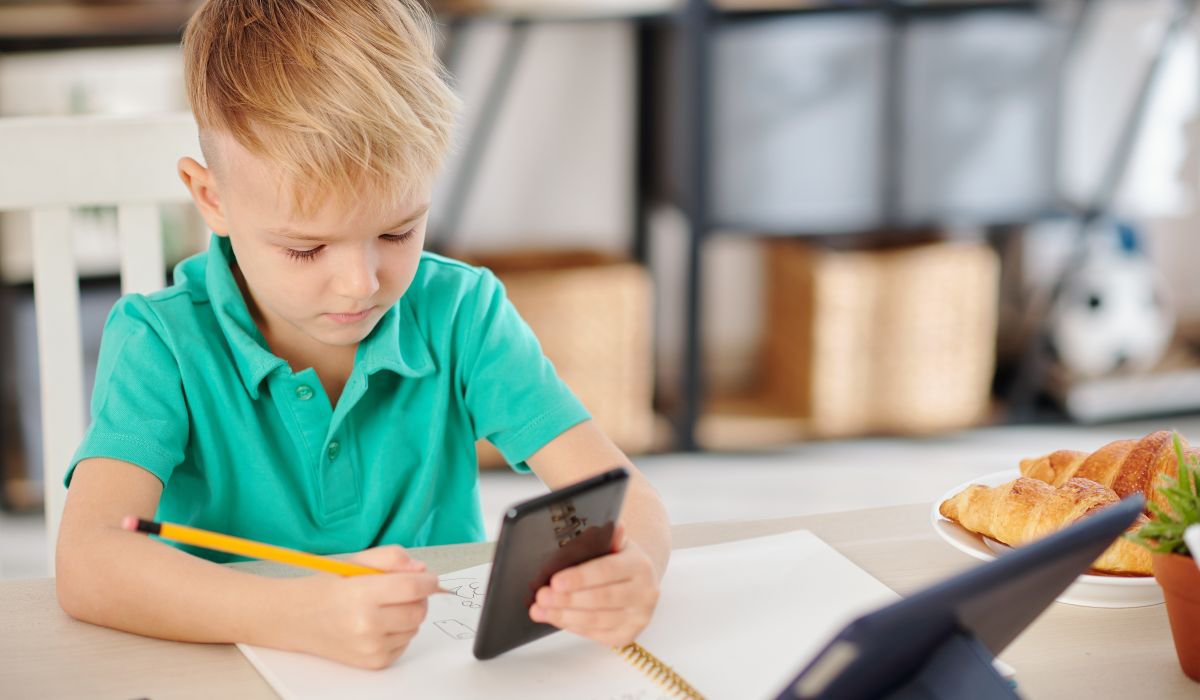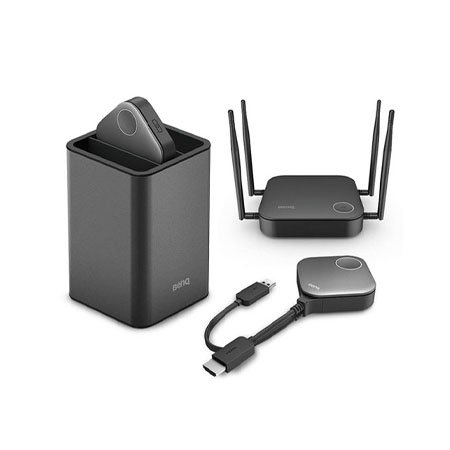What is Blended Learning and How Can BenQ Technologies Help?
- BenQ
- 2020-12-24
The COVID-19 pandemic has brought about profound changes to global culture and systems. Education around the world continues to experience the impact of the pandemic, with 100% in-person classes suspended in most regions. Blended learning models that rely on a mixture of students attending classes physically and through remote learning have become very popular. While implementing social distancing and new health guidelines, these models benefit greatly from wireless presentation technologies and interactive flat panel displays that minimize physical contact just as they provide easy access to content.

Impact of COVID-19
Nearly every aspect of human life has been affected by the response to the pandemic. And that includes work, education, travel, personal interactions, gatherings, even hobbies and entertainment. The United Nations officially considers the pandemic as the largest disruption of education in human history, estimating that 1.6 billion learners in some 190 territories have been adversely affected.
Blended learning arose as a response to rapidly changing circumstances. To compensate for social distancing and limits on the number of students that may physically attend classes, remote learning and virtual attendance stepped in. These require specific tools and technologies, namely cloud storage, video conferencing, interactive smart devices, and wireless presentation. The latter technology serves as the focus of blended learning, bringing all other technologies together without necessitating extensive physical contact. Wireless design means minimal touch, and therefore reduced chances of infection.
Because blended learning continues to increase in popularity as we head into 2021, we’d like to take this chance to look at how BenQ interactive displays and wireless presentation tech help students and teachers continue with educational efforts in this unique time.
What’s Blended Learning and Why Do We Still Need to Implement it in 2021?
As the name suggests, blended or hybrid learning combines traditional in-class and remote or virtual learning. It’s a mixture of tools and approaches that has been growing in popularity long before COVID-19. Online learning is hardly new, and has offered many flexible modes of education for countless students worldwide over the last few decades.
However, with the onset of the pandemic blended learning with its combination of face to face and remote attendance took on additional aspects and responsibilities. On the broader strategic level, blended learning tries to ensure educational continuity and reduce the disruption experienced by students and teachers. From a tactical point of view, blended learning combats possible risks posed by the pandemic and addresses pressing health and hygiene concerns.
While there exist many definitions and models of blended learning, all of them meet the needs of social distancing and help bring in remote learners. If we look at different locations, schools, and levels of education, we’ll likely discover many ways to combine in-person and remote collaboration. However, all of them rely on similar tools and technologies. This is because in 2021, with the COVID-19 pandemic still going on, remaining within the bounds of government regulations and recommendations effectively requires the implementation of some sort of blended learning.
What Do BenQ Technologies Offer?
For the foreseeable future, which covers most of 2021, a “bring your own device” approach to learning will prevail. Students and teachers will need to depend on their laptops, tablets, and even phones as a way to interact with teaching materials and study partners. As mentioned before, this applies regardless of which specific blended learning model a school chooses to implement.
Thanks to widespread connectivity and readily available smart devices, students and teachers can engage in learning from almost any location without worrying about potential infection due to in-person attendance. But there’s only so much that can be done on small portable device screens, and tools exist to really take blended learning to a new level.
For example, interactive displays from BenQ allow teachers to engage remotely with entire classes with one-touch ease and direct access to the cloud. BenQ displays for education come pre-installed with a host of helpful apps to enable browsing, connectivity, sharing, and more. For blended learning, interactive flat panels double as creative boards for in-person students and video conference displays to include learners joining in remotely. Interactive displays offer a solid foundation for a new method of teaching that’s flexible, responsive, and inclusive while meeting safety needs.
Complementing interactive displays are wireless presentation systems from BenQ. These work alongside interactive panels or on their own. Wireless presentation systems such as the InstaShow range quickly transform existing classroom projectors and TVs into smart devices, even if an interactive display isn’t available.
Wireless operation means there’s very little in the way of communal touch surfaces, nor focal points for potential infection. Robust Wi-Fi connectivity allows for simple and fast content delivery and sharing, working with phones, tablets, laptops and other devices. Every type of educational material can be effortlessly distributed and accessed by students, whether in the class or at home. And again, wireless means reduced touch – and thus lowered concerns over possible contagion.
Heading Into 2021 with Confidence
While things may occasionally seem bleak, there’s a lot to be happy about. Thanks to innovative technology, education can continue, leveraging trends and tools that have been increasing in popularity for decades. Remote learning was already quite prominent before 2020, and the COVID-19 pandemic has compelled its continued evolution. This is because education is essential, and must continue. There are ways to adapt and there’s no reason to despair. Hybrid or blended learning will prove very beneficial to many millions of students in 2021, and that’s a good thing.

